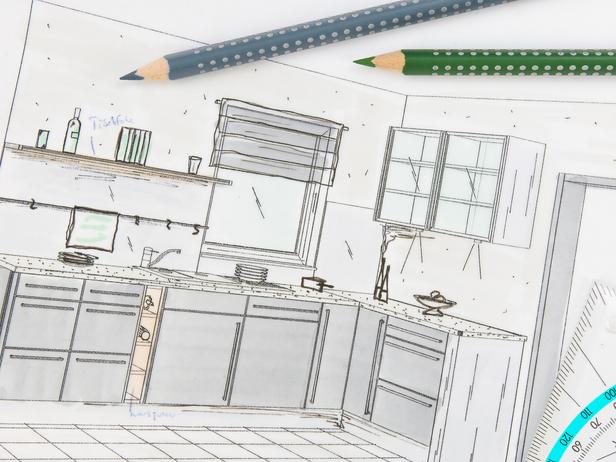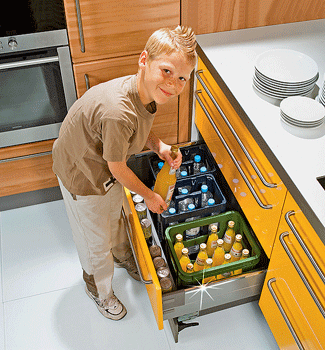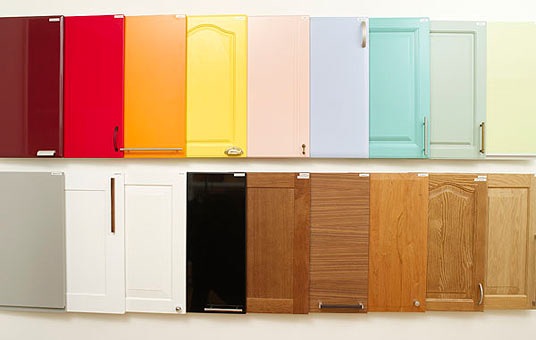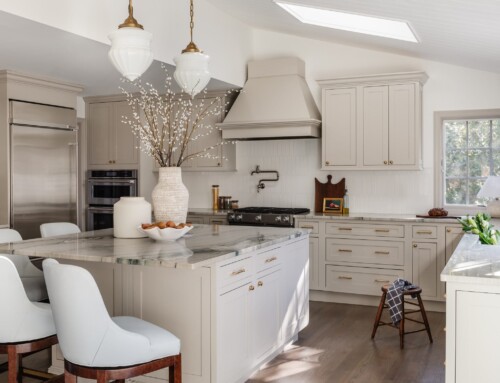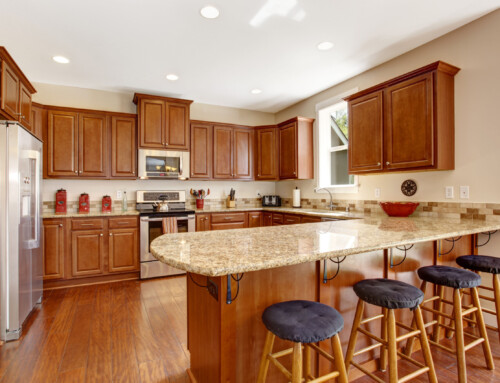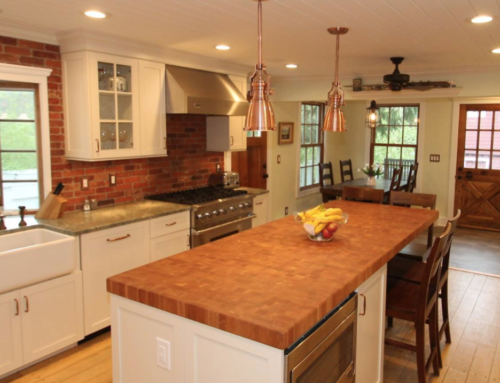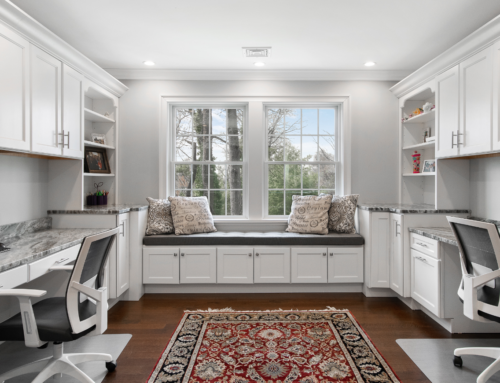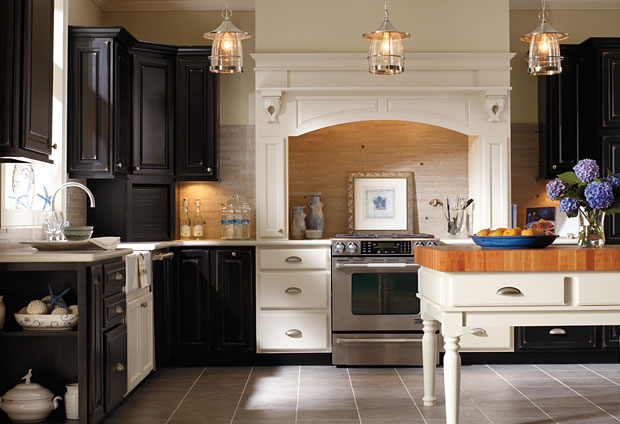
When beginning the kitchen remodeling process, budget and aesthetic are on the top of the discussion list. Knowing where to cut costs without compromising the look you want is always the challenge at hand. Cabinets are the defining transformation element in any kitchen, and can also be the most expensive to redo.
So where do splurging and compromising meet, you ask? That comes in analyzing the details of kitchen cabinets and how they can work in your space. We’ve compiled the need-to-know details of cabinets to help you decipher what you need from what you want, and everything in between.
Types There are three types of kitchen cabinets: stock, semi-custom and custom. Stock cabinets are generally the least expensive. They tend to be popular not only because of the price, but because they deliver quickly. Semi-custom cabinets are more expensive and offer many different kinds of finishes which are appealing to homeowners. They usually deliver quickly as well. Custom cabinetry, for obvious reasons, is the most expensive kind. Because of the detail that goes into designing them, they can take up to several weeks to be delivered.
Frames Cabinets can be either framed or frameless. Simply put, framed means that there is a distinctive outline that defines each cabinet or drawer. Usually, traditional style remodels feature framed cabinets while frameless cabinets make up more modern designs.
Interiors Cabinet interiors refer to construction type. They’re often called the “box.” This is the supporting structure of the cabinet, so strength is crucial. Experts recommend at least 1/2 inch thickness in the walls made from plywood with dado or mortise joints and metal or wood corner braces for firmness.
Hinges Just like with any door in your home, hinges are the parts that allow them to open and close. Much like framed versus frameless cabinet construction, hinges and be hidden or exposed. Typically, hidden hinges go well with frameless cabinet designs while exposed hinges match well with framed cabinets.
Drawers Since drawers tend to get the most use, it’s essential that they’re built to last. Experts suggest installing drawers with wooden sides, dovetail joinery and a plywood bottom that fits grooves on four sides. You can even customize your drawers to be anti-slam, known as a “soft close” feature, so that they close quietly on their own.
Doors This is where practicality and aesthetic really collide. When it comes to choosing your doors, homeowners want to like what they see since the doors are the face of all kitchen cabinetry. The choices are nearly infinite with various options of paneling, frames, insets and overlays. See a full door options and descriptions here.
Finishes The finish of a cabinet refers to its color and overall appearance. Cabinets can be painted, stained, glazed or just left natural. Glazing is something many people like to do because of the beautiful effect it leaves on cabinets, but this usually adds 10 to 20 percent to the overall cost. Refinishing is often the first option people consider when they want to salvage their old or existing cabinets instead of purchasing new ones.
Things to Keep in Mind It’s preferable to purchase products certified by the Kitchen Cabinet Manufacturers Association because they’re tested to outlast exposure to very high and low temperatures, as well as repel stains. Also, if you are getting all new cabinets and would like to donate your old cabinets, Habitat for Humanity’s ReStores accepts donations of cabinets for resale. Typically, they will even pick them up. Just be sure to ask your contractor to carefully remove them if you plan on donating.
Best of luck to you in choosing cabinets for your kitchen remodel!

